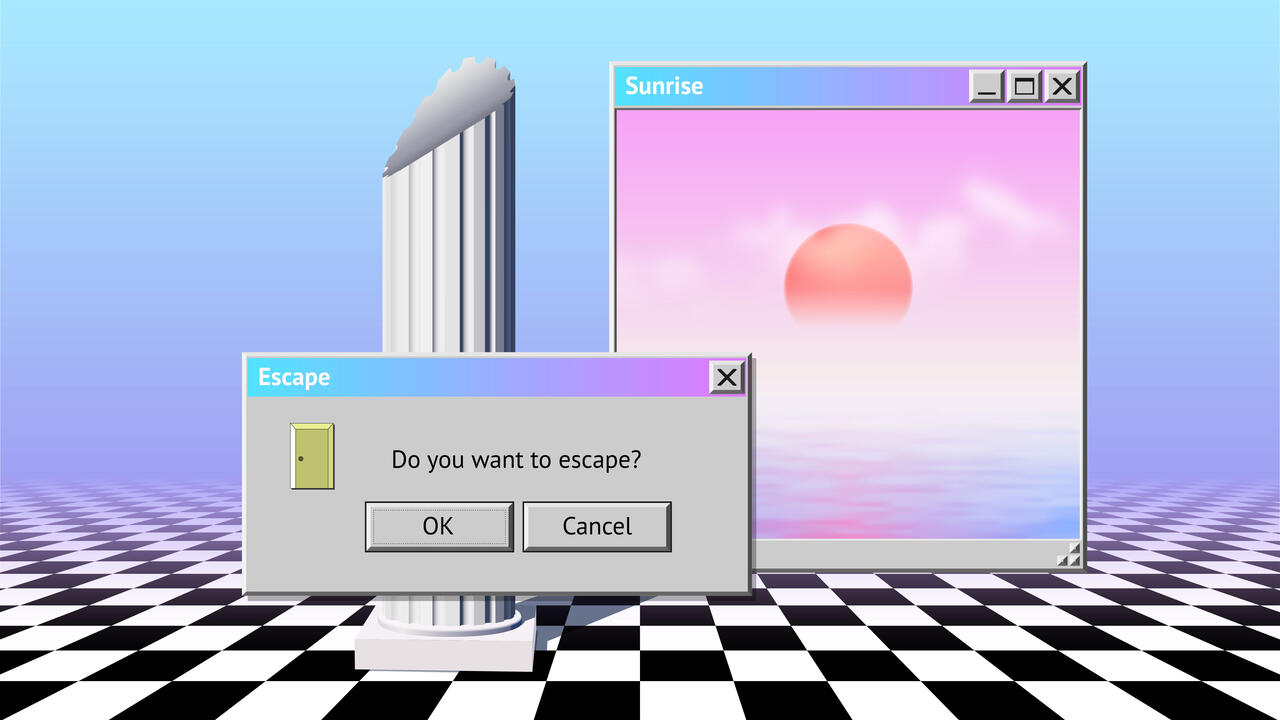Agony and Ecstasy: How Rave Culture Went Global
From Shanghai to Dubai, a new history charts the frontiers where underground scenes battle big business for electronic dance music’s soul
From Shanghai to Dubai, a new history charts the frontiers where underground scenes battle big business for electronic dance music’s soul

Why does electronic dance music and its ancillary nightclub and rave cultures still hold such deeply affective power? Matthew Collin’s new history Rave On: Global Adventures in Electronic Dance Music (2018, Serpent’s Tail) plots an ambitious globetrotting journey across four decades. The former BBC foreign correspondent sets out his argument early on, when describing the very public outpouring of grief that followed the death of pioneering house producer Frankie Knuckles in 2014. Among those paying tribute was none other than former US President Barack Obama, who released a statement recognizing the giant socio-cultural impact that the experiments which Knuckles had first embarked on in the 1980s – armed only with a drum machine and some disco records – would have. Collin goes on to demonstrate this on the grandest possible scale, tracing the mutations of electronic music culture from Detroit to Israel, from Shanghai to Dubai, and onwards across the globe.

From first-hand accounts of tiny, bygone raves to detailed descriptions of now shuttered clubs, only the most enamoured and nerdy of dance music enthusiasts like Collin (author of 1997’s Altered State, a history of UK acid house) could provide such a wealth of anecdotes. At times, it’s a struggle as Collin excitedly jumps from story to story, allowing quotes to speak for themselves without dissecting their further resonances. Deeper analysis feels necessary: Why do so many of us enjoy and obsess over repetitive machine-made sounds? What do these dark rooms provide that the rules of the outside world do not? What is it about the human condition that seems to desire this?
No easy answer is given. Perhaps the clue is in the sheer multitude of subjective responses. Collin often gets closest to profitably approaching these questions when his prose suggests a kind of glazed-over, impassioned, verging-on-nonsensical account of his experiences. Consider the form of pathetic fallacy he employs to describe a night in Berlin’s hallowed techno haven, Berghain: the ‘808 snares’ become ‘a shower of hailstones’, gathering in an ‘electrical storm’ of frequencies. These descriptive clichés reveal the ritualistic experiences of ecstasy (the feeling and the drug) within this heady, heterotopic environment. But in other ways too these nightclubs can claim to be new sites of resistance. Wolfgang Tillmans, who incidentally has just announced the release of an EP of techno music (and whose huge photographs famously adorn the walls of Berghain) is quoted: ‘It must seem crazy to a marketing person to go to the club and see 2,000 happy faces and no message is being broadcasted to them.’ Berghain’s two famously media-shy founders are once reported to have said ‘that they wanted to create a club as a work of art’. Collin, however, makes no attempt to unpack how their desire may or may not have become a reality.

It’s the uneasy balance between drug-fuelled abandon and its socially progressive impulses that makes this culture so difficult to handle. Often the positive power lies in the pursuit of actualizing imagined fantasies. Collins suggests that in the dilapidated and dangerous Detroit of the 1980s, futuristic-sounding techno served as a vehicle for black producers and DJs to ‘dream another potential destiny into existence’. While in Berlin, techno is posited as the post-Wall healing gel that provided a way for two sides to come together – the intense power of the German capital’s music and clubs would later mark out sites for highly lucrative cultural tourism.
These are well-trodden paths, but Rave On is at its freshest when Collin considers this uneasy matrix in new outposts of the rave phenomenon, such as in Shanghai. Here, a small underground scene battles against dominant socio-political perceptions of nightclubs as sites of nihilistic debauchery, while also defining itself against commercialized branded exercises in profitmaking. The now-closed (after licensing issues), literally underground club, The Shelter, is juxtaposed with the Budweiser-sponsored, outdoor Storm Festival. At the latter, Collin describes how advertisements are screened between DJ sets – it’s a far cry from Tillmans’s non-commercial Berghain paradise.

It seems that at least in Shanghai, the only way to battle against monolithic and inflexible regulation is to adapt. The owners of The Shelter have opened a new club, ALL – while it’s not the type of nightspot that would compromise on its abrasive musical ethos (exemplified by local producer stalwarts, Tzusing and Hyph11e), on a recent visit the interior felt like an upgrade. A large HD screen situated behind the DJ is often used to show new CGI artworks – including pieces by Kim Laughton and Wang Newone – while the club’s lighter, ostensibly more flashy space feels less like its previous incarnation and closer to some of the ubiquitous table-service EDM spots in Shanghai that Collin also details. That this new club should birth in the time between Collin finishing his text and going to press just goes to show the tremendous pace at which electronic dance music is changing across many of its new global frontiers.
Main image: Chen Wei, The Stars in the Night Sky Are Innumerable, archival inkjet print, 2.5 × 3.3 m. Courtesy: the artist and Leo Xu Projects, Shanghai























